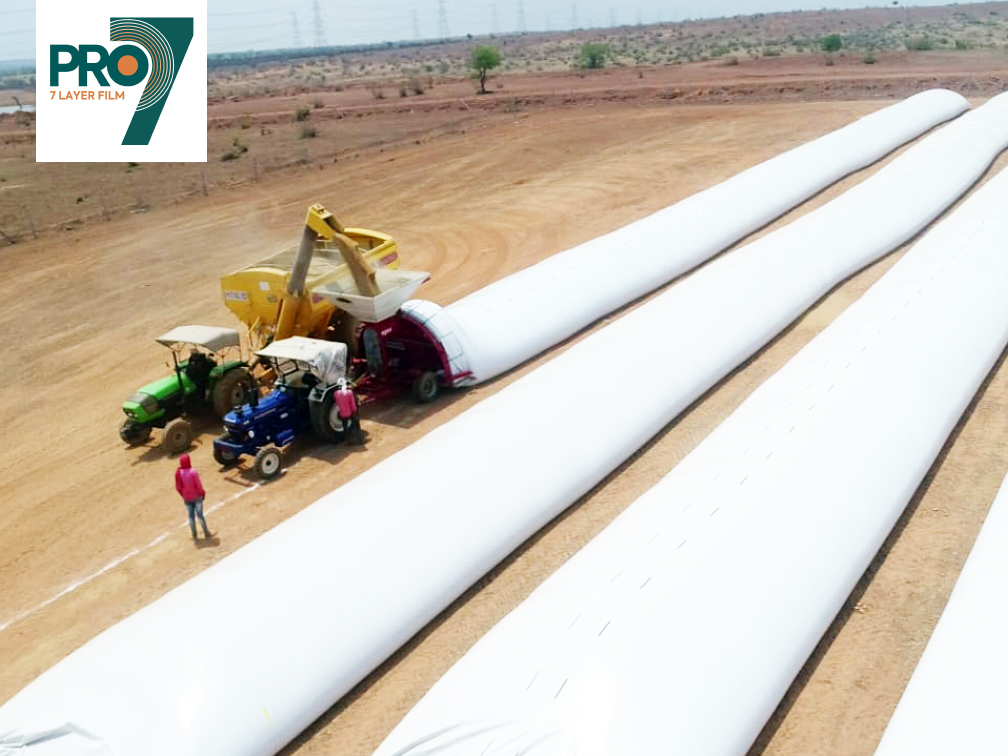Recycling Silo Bags And Other Agricultural Plastic Films

Minimizing plastic waste has been a major consideration that is whole heartedly followed throughout the world, with major implementation of laws and guidelines that can support the agenda. It is because plastic degradation is an extremely slow process, which can take years and in the mean time these plastics directly harms the environment in many different ways. It is because of these reasons community wise approaches has been made to collect these plastic waste in order to convert them into a value oriented product, for future uses. This, in turn, will slow the down the impact of plastic waste while decreasing the negative impact on the environment.
Let’s take a look at the ways Silo Bags and Other Agricultural Plastic Films can be recycled:
Minimize your use of plastic: Buy the right size silo bag or silage cover for your needs to cut down on waste.
Minimize plastic contamination: Putting silo bags on concrete or asphalt pads keeps them clean and make it easy to recycle the whole. A gravel base is cheaper, but sand and other small things can stick to the plastic. The most plastic gets into the soil from the ground up. If bags have to be put on soil, choose places that are higher up and have good drainage. Don’t take silage out when the soil is wet. If the plastic is dirty, let it dry and then shake it with a bucket loader to remove dirt and make it better for recycling.
You should often, take of the plastic film from silos: Taking off less than three days’ worth of top silage film at a time protects the silage the most and keeps the plastic sheets small enough to be easy to work with.
Snip the plastic to make it easier to work with: For silo bags that are on the ground, cut the plastic from the top down to four inches above the ground to separate the top plastic from the bottom plastic. Cut the bottom plastic every 10 or 15 feet to make it easier to handle.
Keep plastic that you store dry and locked up to keep it from blowing away: Shake dirty plastic to get dirt and other things out. Then roll it up or tie it with a strip of plastic sheeting or plastic baler twine. Or, put the plastic that isn’t in a bundle in a storage area. It’s common to put plastic on the ground, but it takes more work later to load the pile so it can be moved. A hayrack or trailer can be used to store things easily and avoid having to move them again and again. If you store the pile outside, put a heavy top sheet on it to keep it dry and stop it from blowing away. Plastic fencing, hog or beef panels, or pallet bins can be used to make a number of low-cost plastic containment pens.
Get the plastic to a place where it can be collected: To get the plastic to the recycling centre, you can use a dumpster, a roll-off box, a farm truck, or a carriage. Don’t let the plastic blow away by securing it. The best way to get around is in big vehicles with lots of plastic packed in tightly.
Take a look at more advantages about Silo bags: https://www.rishifibc.com/advantages-of-silo-bag-applications.html
Following these steps will simplify the process of recycling silo bags and other agricultural plastic films, in turn, contributing in environment protection. Further, the recycling process will also reduce waste and cut down on unwanted plastic production.
At GreenPro Ventures we pledge to support this recycling initiative and aim to educate consumers on the process. If you are regular consumer of GreenPro Ventures you can to start the recycling initiative and contribute in making the world a healthier and pollution free place to live in.
